THE natural macerates they help the farmer who works organically to eliminate parasites present on plants. Making them is very simple and has practically no cost. In their preparation, in fact, mostly spontaneous herbs or in any case available in the garden are used. The secret of the success of a good macerate is to exploit the repellent action that some plants contain. Plants are in fact an infinite deposit of active ingredients, which we can exploit in a completely natural way with the simple procedure of maceration.
In this article we see how to do and how to preserve a macerate and which are the 7 most effective natural macerates for the defense of our organic garden.
How to prepare natural macerates
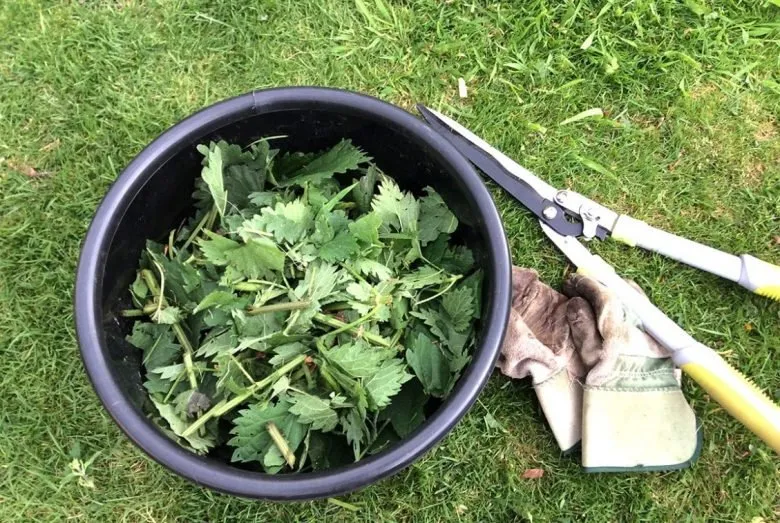
Natural macerates are made using parts of plants that are soaked in water for a variable period of time, usually from 7 to 15 days. To obtain a good macerate it would be advisable to use rainwater, as it is chlorine-free. If we have to be satisfied with tap water, it is better to collect it in a basin and let it settle for a few days before use. Another secret for the success of these macerates is the container used for maceration. In fact, metal containers must be avoided, since, during the maceration period, they could initiate oxidation processes. They are usually used wide mouth plastic cans (like these) or, at most, ceramic containers.
Precautions during natural maceration

A typical effect of natural maceration is the bad smell. The more macerated it smells, the tastier it is! However, foul-smelling fumes suggest placing containers away from doors and windows. Furthermore, even if the macerates are done outdoors, it is better to avoid exposing them to rain or direct sun for a long time. A shelter for storing containers is perfect for the purpose. These should not be hermetically sealed, but covered with a cotton or jute fabric, so as to prevent insects from entering. During the correct maceration a thick white foam will form and the mixture will turn dark green. When there is no more foam on the surface we have a direct indication of the completion of the process. Finally, we recommend that you turn the macerate with a wooden stick at least once a day.
How to preserve the natural macerates from the garden
To properly preserve the natural macerates, filtering is essential. This must be done once the maceration process is complete. To do this we have to filter the plant residues and keep only the liquid part. A mistake that is often made in making macerates is to leave the parts of plants to soak in water indefinitely. Result: larvae of insects, frogs, mosquitoes, etc. are formed. To filter the macerate it is advisable to obtain a container of the same size as the one used initially, whose entrance will be shielded with a fine mesh fabric. By gradually pouring the macerate onto this fabric we will obtain only the liquid part.
How long do natural macerates keep?
Many ask us how long natural macerates can be kept. Well, after filtering and eliminating plant residues, the remaining liquid can be poured into smaller bottles, possibly dark glass (like these). The bottles must obviously be fitted with a cap and kept in a cool and dry place. Under these conditions, the natural macerates maintain their effectiveness and can be kept for at least 6 months. We therefore have the possibility of using them over time.
How to use macerates on plants
Depending on the plant used to make the natural macerate, we will have different concentrations of active ingredients and a pure or diluted use with water. In general, they are sprayed on the entire vegetation of the crop that we want to defend and directly on any parasites present. For spraying we recommend a backpack pump, those electric are the most comfortable. In order not to clog the nozzles, the correct filtering of the macerate is essential. The best times to spray the plants are early in the morning or in the evening, which is when there is no sun. Unlike the pesticideswhich always have shortage times, i.e. the time interval from the moment of treatment to harvest, the vegetables and fruits treated with natural macerates can be consumed immediately.
Obviously we recommend a thorough washing before consumption, to eliminate all the residues of our vegetable preparation.
The 7 most effective natural macerates
There are many plants with which natural macerates can be prepared, obtaining excellent biological pesticides. Below we propose those to which our blog has already dedicated a specific study, or macerates based on: garlic, wormwood, horsetail, fern, tomato, nettle, chilli.
Macerated garlic
Among the various natural macerates, garlic is the most popular in the home. It is used not only on open field vegetables, but also on potted plants on the balcony. Leverage the antibacterial properties of allicin, a natural antibiotic responsible for the pungent odor of this bulb. The dosages and uses to prepare the garlic macerate are as follows:
- 500 g of minced garlic in 10 liters of water, macerated for 48 hours;
- it is used pure as an insecticide, diluted in a further 10 liters of water as a repellent;
- effective against: aphids, red spider and as an anti-downy mildew.
Absinthe macerate
Absinthe macerate is probably the least known and is obtained from the spontaneous plant of Artemisia absinthium (wormwood). Absinthe has always been used in herbal medicine and has numerous properties. The leaves and flowering tops are used as a pesticide. These parts contain a precious essential oil, composed of monoterpene thujone. Other contents of the plant are: bitter principles (absintin and anabsintin), flavonoids, tannins, silica, polyacetylenes, antibiotics, inulin, hydroxycoumarins, artemisinin.
Dosages and uses of absinthe macerate are as follows:
- 300 g of fresh plant or 50 of dry plant in 10 liters of water, macerating for 6 days;
- it is diluted in a ratio of 1 to 2;
- effective against: ants, snailsmites, aphids, cabbage.
Horsetail macerate
Horsetail macerate is obtained from the plant Equisetum Arvense, known as field horsetail. It is one of the oldest plants on earth, rich in elements. It has always been used in phytotherapy and in agriculture to make natural pesticide and antifungal macerates. Horsetail contains: salicylic acid, silica, oxalic acid, sulfuric salts, alkaloids, flavonoids, equisetine, other mineral substances (calcium, potassium, aluminum, magnesium and manganese).
The dosages and uses of horsetail macerate are as follows:
- 1 kg green plant or 100 g of dry plant in 10 liters of water, macerated for 10 days;
- it is diluted in a ratio of 1 to 5;
- effective against: downy mildew, powdery mildewaphids, red spider mite.
Macerate of fern
Among the natural macerates that of fern is one of the easiest to prepare, as it is obtained from the male fern of Dryopteris filix-mas and from the bracken Pteridium aquilinum, two very common plants in our area. The fern has been famous since ancient times for its antibacterial properties, in fact it was used as a vermifuge. It is also a plant very rich in potassium. The dosages and uses of fern macerate are as follows:
- 1 kg green plant or 100 g of dry plant in 10 liters of water, macerating for 7 days;
- it is diluted in a ratio of 1 to 10;
- effective against: cochinealaphids, snails.
Macerated tomato leaves and feminelle
Tomato macerate is the simplest one to prepare during the summer season, as it is obtained from the leaves and sprouts of the tomato plant, the most cultivated of all.
Its effectiveness is due to the massive presence of solanine, a powerful glycosodium alkaloid that the green parts of the plant contain.
The dosages and uses of tomato macerate are as follows:
- 2.5 kg of leaves and small leaves, finely chopped, macerated in 10 liters of water for 3 days;
- it is diluted in a ratio of 1 to 10;
- effective against: cabbage, moth larvae in general, aphids.
Macerate of nettle
Speaking of macerates, the first that comes to mind, the most famous, is that of nettle.
It is done with plants Urtica dioica or Urtica urens, wild species present everywhere in Italy. Nettle is very effective as a repellent and pesticide due to its high content of formic acid And salicylic. Dosages and uses of nettle macerate are as follows:
- 1 kg of green plant or 200 g of dry plant for 10 liters of water, maceration for 7-15 days;
- the 7-day nettle macerate is diluted in a ratio of 1 to 20; the macerate of 15 days to 1 in 50;
- effective against: aphids, ants, mites, alticaflying insects, snails, bed bug nymphs.
Chilli macerate
We close our review on macerated by talking about the chili pepper. Its effectiveness is due to the presence of capsicin, the substance responsible for the spicy sensation of chilli. Unlike the macerates seen previously, in which we used the green parts of the plant (excluding garlic), with the chilli we use the fruits. The dosages and uses of the chilli macerate are as follows:
- 20 g of dry and crushed chilli in 10 liters of water, macerating for 7 days;
- it is used pure;
- effective against: aphids, moth larvae, snails, Colorado beetle larvaecottony cochineal of citrus fruits.

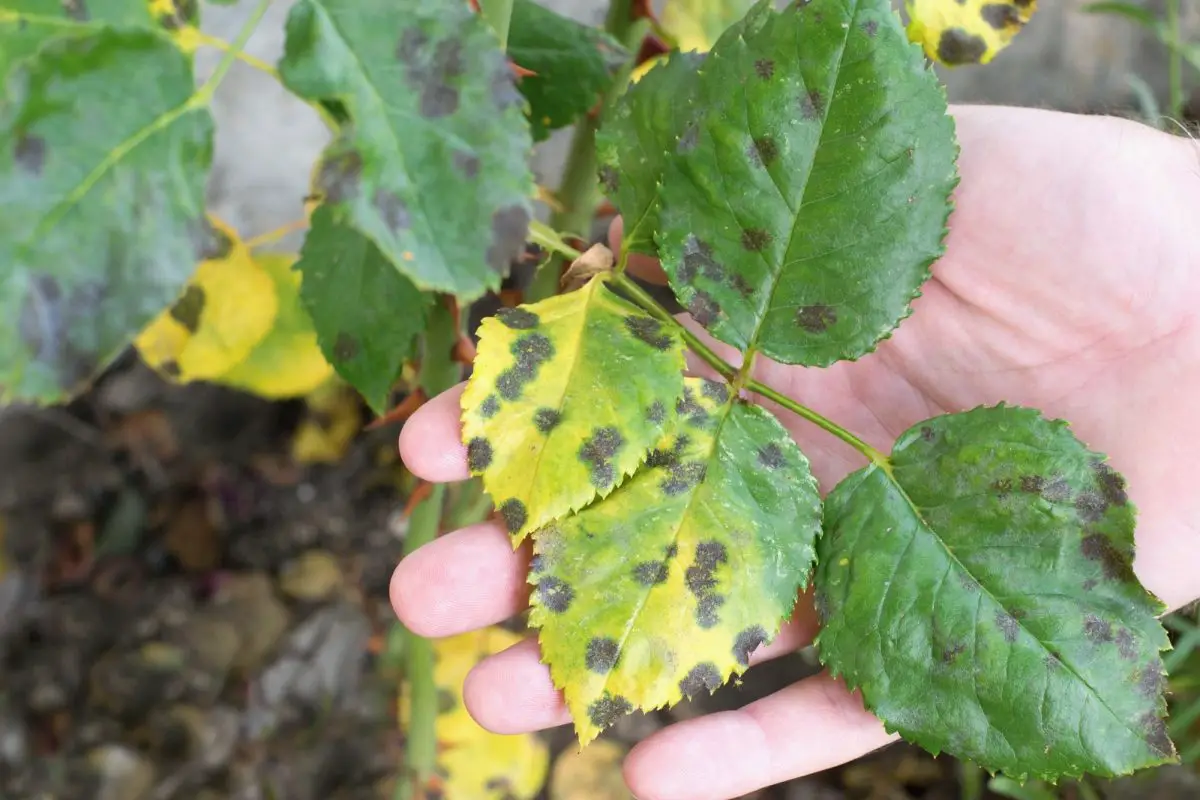
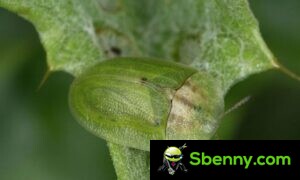
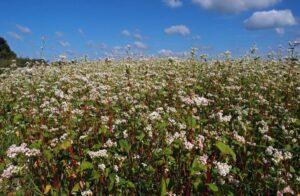
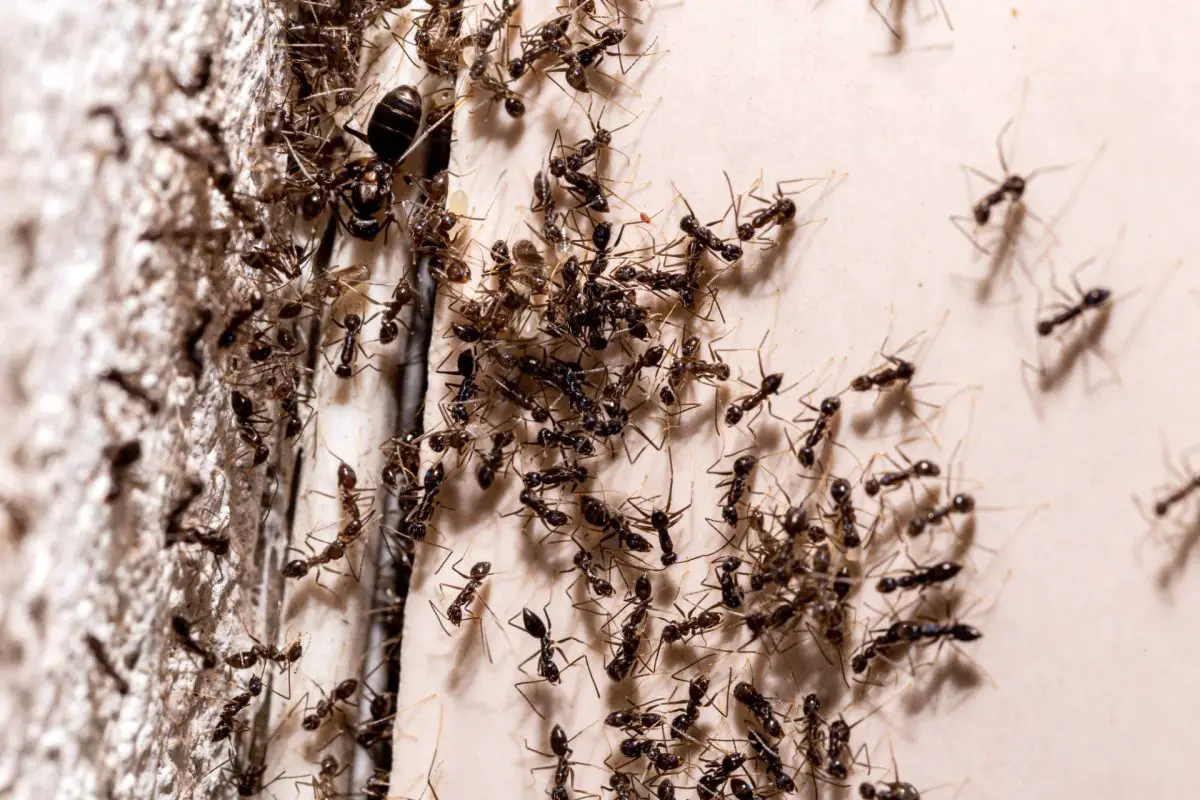
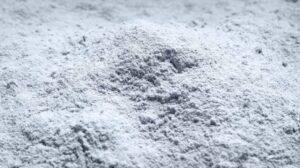

Start a new Thread